Brighten Up Your Garden: How to Choose the Right Color Temperature
When it comes to designing your garden lighting scheme, one of the most important factors to consider is the color temperature of the lights you choose. Color temperature can have a dramatic impact on the look and feel of your outdoor space, so it’s essential to choose the right option for your garden. Here are some guidelines to help you select the perfect color temperature for your garden lights.
First and foremost, it’s important to understand what color temperature actually is. Color temperature is a way of describing the appearance of light emitted by a source, measured in degrees Kelvin (K). Lower color temperatures (typically around 2700K-3000K) produce a warm, yellowish light, similar to the light produced by traditional incandescent bulbs. On the other hand, higher color temperatures (around 4000K-5000K) emit a cooler, bluish light, reminiscent of daylight.
One of the key considerations when choosing the right color temperature for your garden lights is the atmosphere you want to create. If you’re looking to create a cozy, intimate atmosphere in your garden, warm white lights with a color temperature of around 2700K-3000K are a great choice. These lights will give your garden a soft, inviting glow that is perfect for relaxing evenings outdoors.
On the other hand, if you want to create a more vibrant, energetic atmosphere in your garden, cooler white lights with a color temperature of around 4000K-5000K are ideal. These lights will give your garden a bright, crisp appearance that is perfect for entertaining or creating a modern, sleek look.

Image Source: squarespace-cdn.com
Another important factor to consider when selecting the right color temperature for your garden lights is the color of your foliage and Flowers. Warm white lights tend to enhance the natural beauty of Plants with yellow or red tones, while cooler white lights are better suited to green foliage and blue or purple flowers. By choosing the right color temperature, you can highlight the beauty of your garden and create a harmonious, balanced aesthetic.
It’s also important to consider the architectural features of your garden when choosing the color temperature of your lights. Warm white lights can help to create a cozy, inviting atmosphere around structures like pergolas, patios, or seating areas. On the other hand, cooler white lights are perfect for highlighting modern, angular features like sculptures, fountains, or pathways.
When it comes to selecting the right color temperature for your garden lights, it’s important to keep in mind the overall design of your outdoor space. If you have a traditional garden with classic elements like stone pathways and wooden fences, warm white lights will complement the timeless, rustic aesthetic. For a more contemporary garden with sleek, minimalist design features, cooler white lights will enhance the modern, clean lines of the space.
In conclusion, choosing the right color temperature for your garden lights is crucial to creating the perfect outdoor ambiance. By considering factors such as the atmosphere you want to create, the color of your foliage, and the architectural features of your garden, you can select the ideal color temperature to enhance the beauty of your outdoor space. So, brighten up your garden with the perfect color temperature and enjoy your outdoor oasis in style!
Shine On: Tips for Finding the Perfect Garden Light Hue
When it comes to designing your garden, one of the most important aspects to consider is the lighting. Not only does the right lighting enhance the beauty of your outdoor space, but it also adds a sense of ambiance and security. And one of the key factors to consider when selecting garden lights is the color temperature.

Image Source: voltlighting.com
Color temperature refers to the warmth or coolness of a light source, measured in Kelvins (K). Understanding the color temperature of your garden lights is essential for creating the desired atmosphere in your outdoor space. Here are some tips for finding the perfect garden light hue to brighten up your garden:
1. Consider the Surroundings
Before choosing a color temperature for your garden lights, take a look at the surrounding environment. If your garden features a lot of greenery and natural elements, a warmer light (around 2700-3000K) will complement the earthy tones and create a cozy, inviting atmosphere. On the other hand, if your garden has a more modern or minimalist design, a cooler light (around 4000-5000K) will highlight the clean lines and contemporary feel of the space.
2. Think About Functionality
When selecting the color temperature for your garden lights, it’s important to consider the functionality of the space. For example, if you have a seating area or outdoor dining area in your garden, you may want to opt for a warmer light to create a relaxing and intimate atmosphere. On the other hand, if you have a pathway or driveway that needs to be well-lit for safety and security reasons, a cooler light may be more suitable.

Image Source: shopify.com
3. Create Depth and Dimension
Using a mix of different color temperatures in your garden can create depth and dimension, adding visual interest and highlighting different areas of your outdoor space. For example, you can use warmer lights to illuminate a cozy seating area or a garden feature, while cooler lights can be used to define pathways and borders. By playing with different color temperatures, you can create a dynamic and captivating garden design.
4. Consider the Time of Day
Another factor to consider when selecting the perfect garden light hue is the time of day when your outdoor space will be most used. If you tend to spend more time in your garden in the evening or at night, you may want to opt for a warmer light to create a cozy and inviting atmosphere. On the other hand, if you enjoy spending time in your garden during the day, a cooler light may be more suitable for highlighting the natural beauty of your outdoor space.
5. Test Before Committing
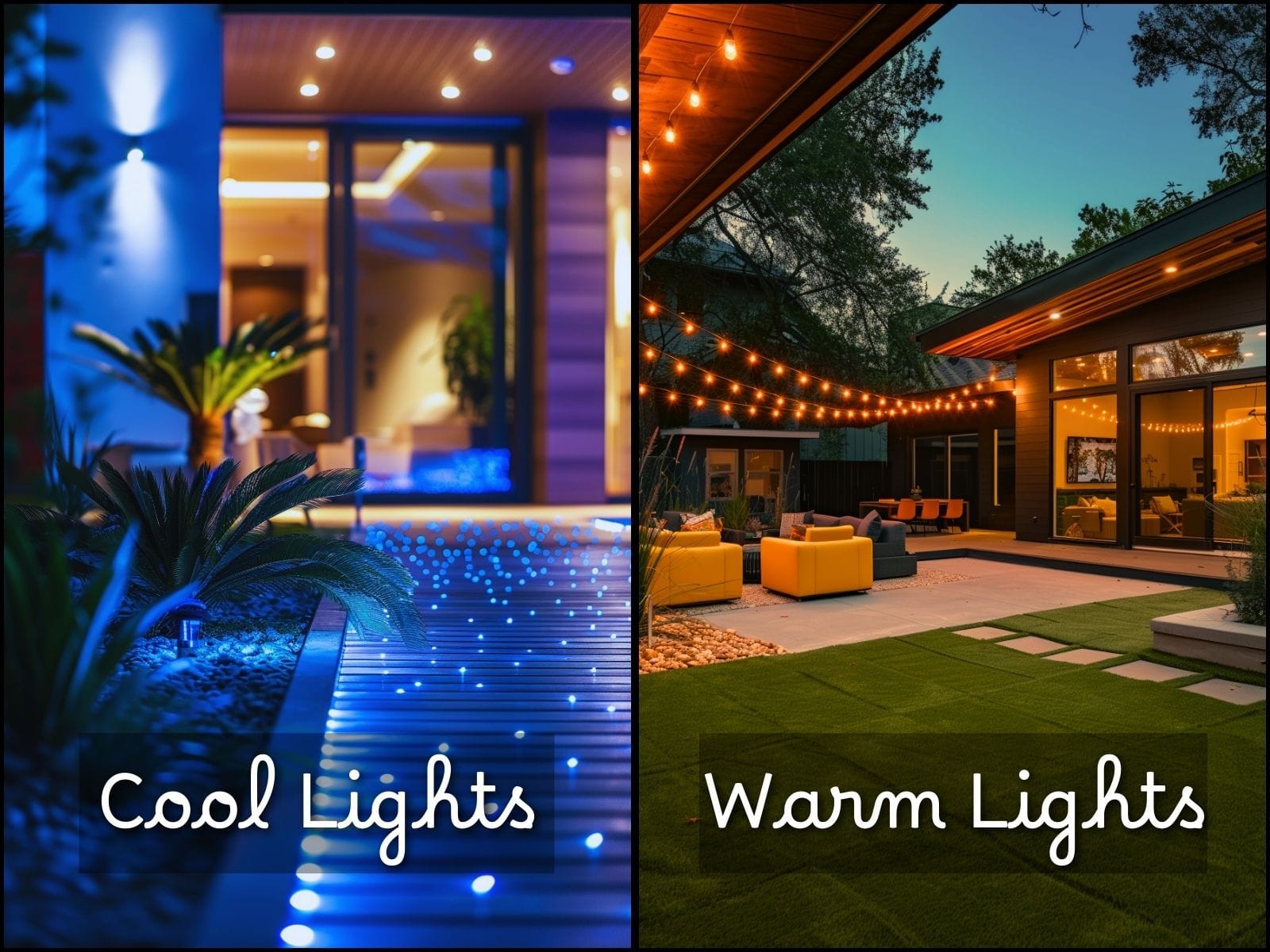
Image Source:
Before investing in a large number of garden lights, it’s a good idea to test different color temperatures in your outdoor space to see how they look at different times of day and in different weather conditions. Many lighting manufacturers offer sample kits or demo lights that you can try out before making a final decision. By testing out different options, you can ensure that you select the perfect garden light hue for your outdoor space.
In conclusion, selecting the perfect color temperature for your garden lights is essential for creating the desired atmosphere and enhancing the beauty of your outdoor space. By considering factors such as the surroundings, functionality, creating depth and dimension, the time of day, and testing different options, you can find the perfect garden light hue to shine on and brighten up your garden.
How to Choose the Right Color Temperature for Garden Lights

Image Source: pinimg.com
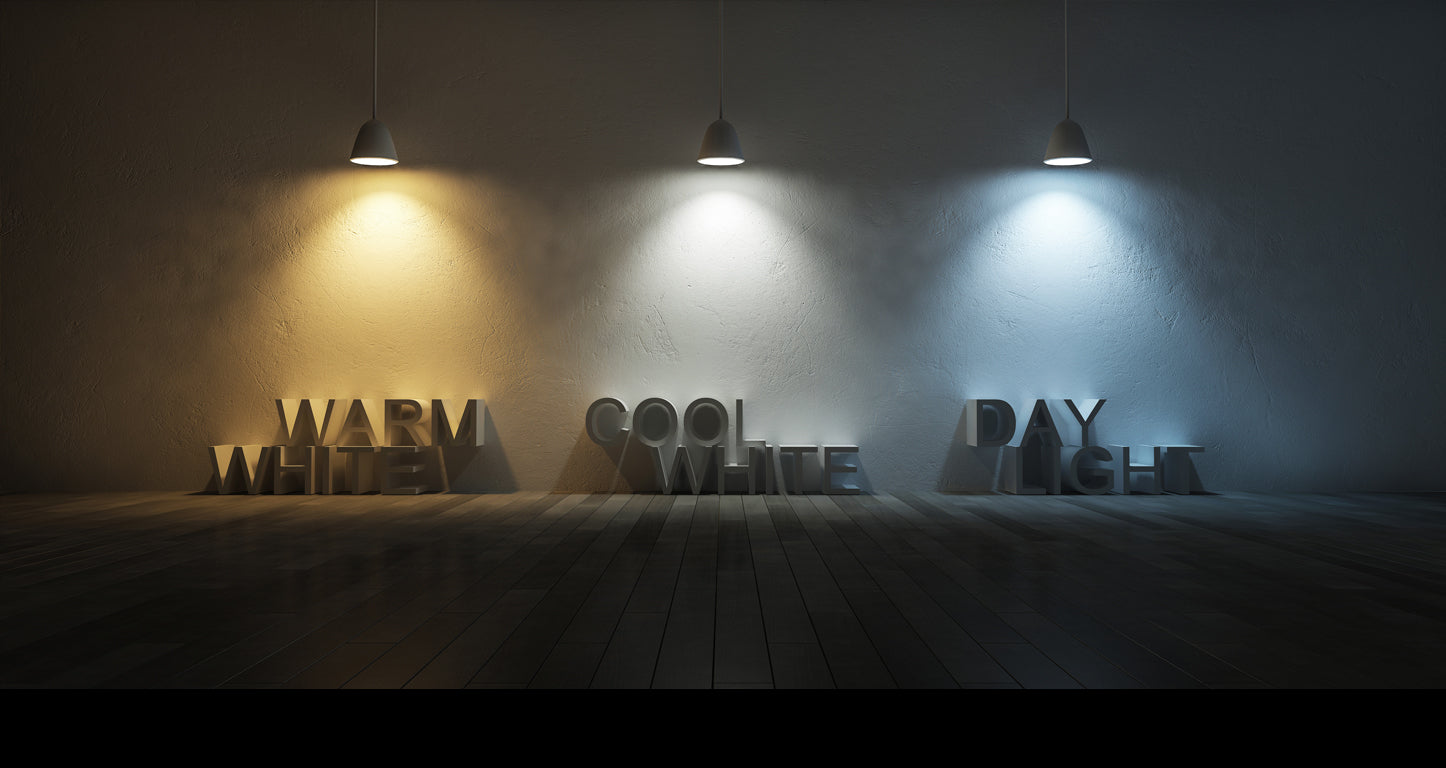
Image Source: ledmyplace.com
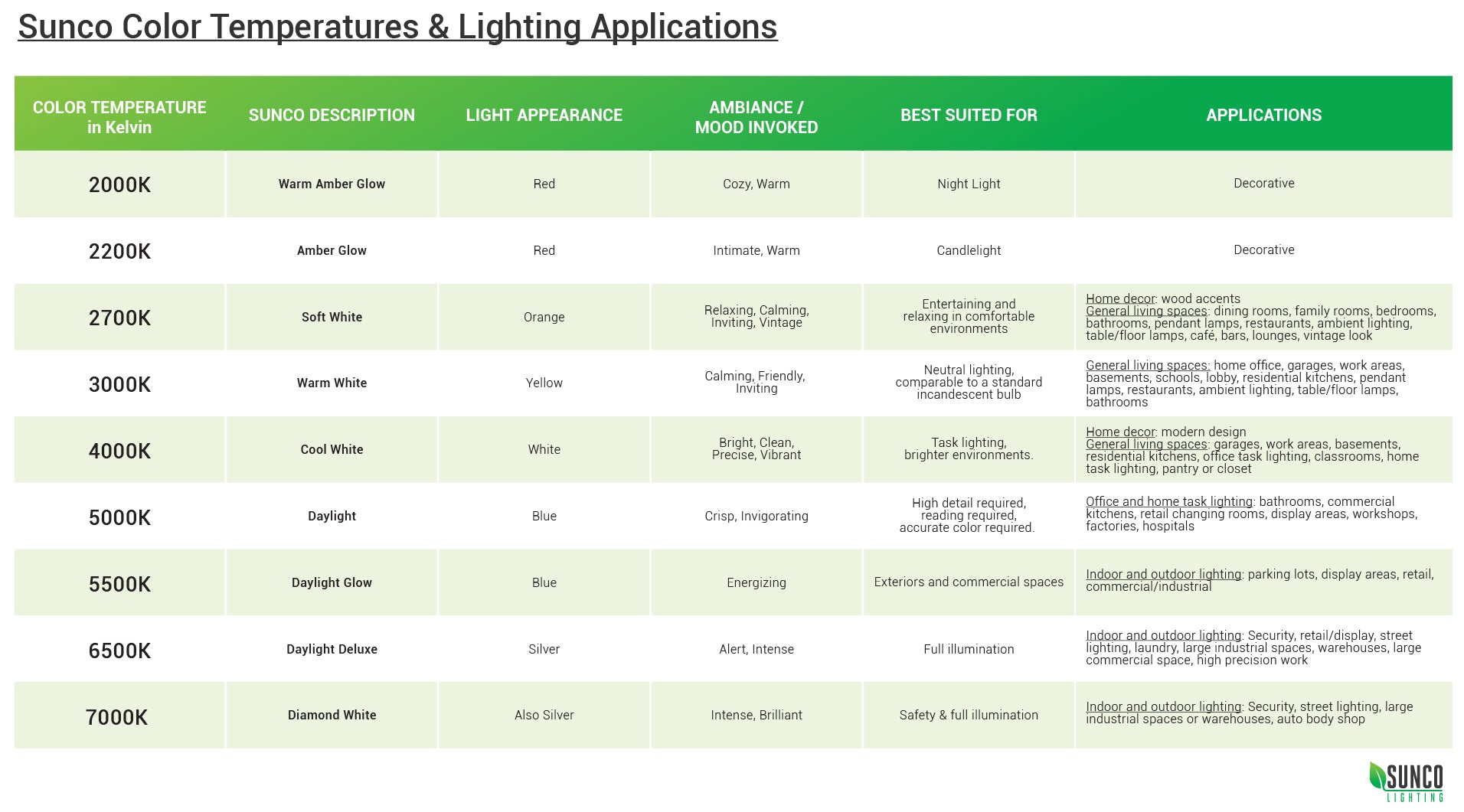
Image Source: shopify.com
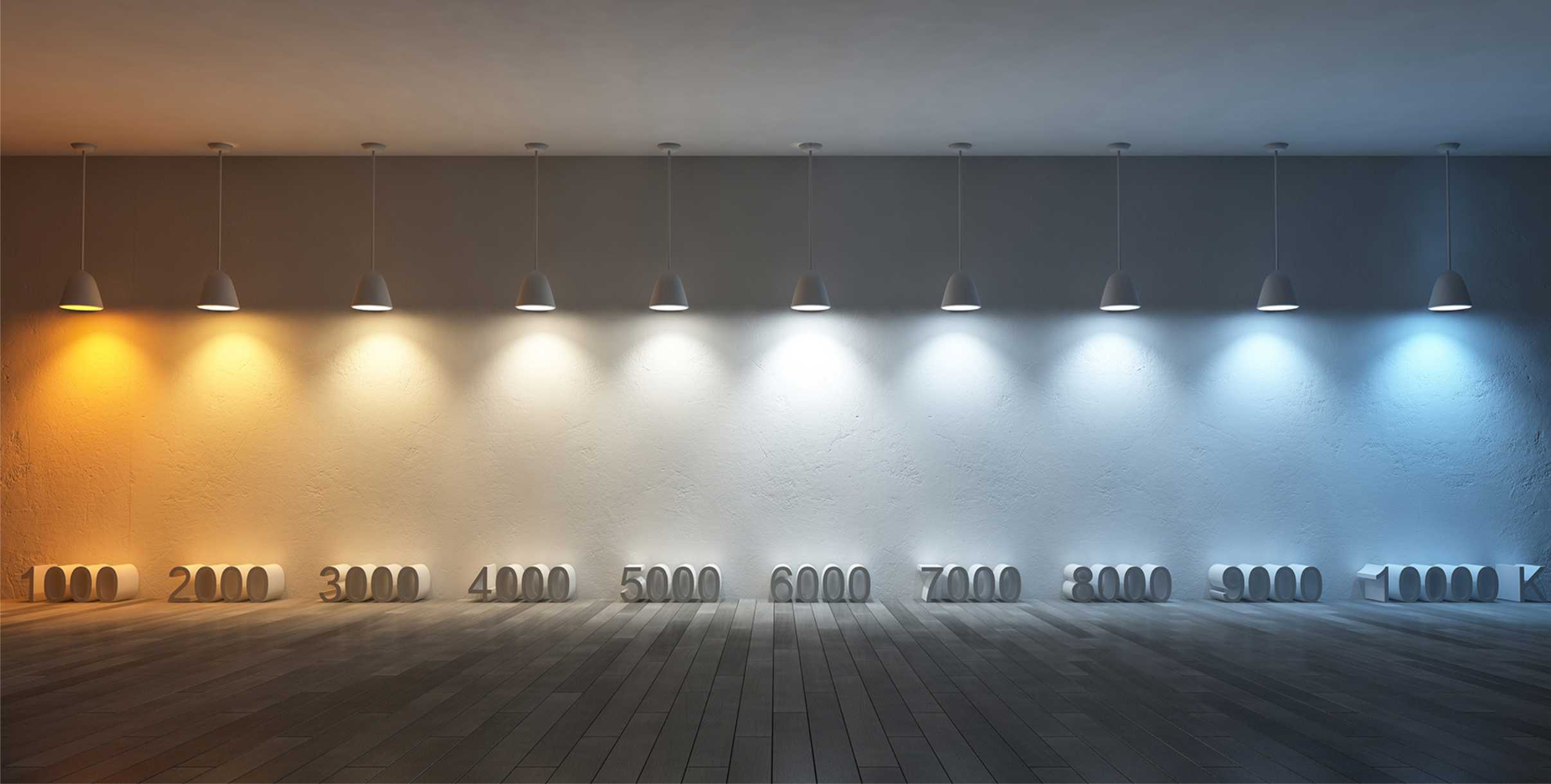
Image Source: axolight.us

Image Source: scribdassets.com
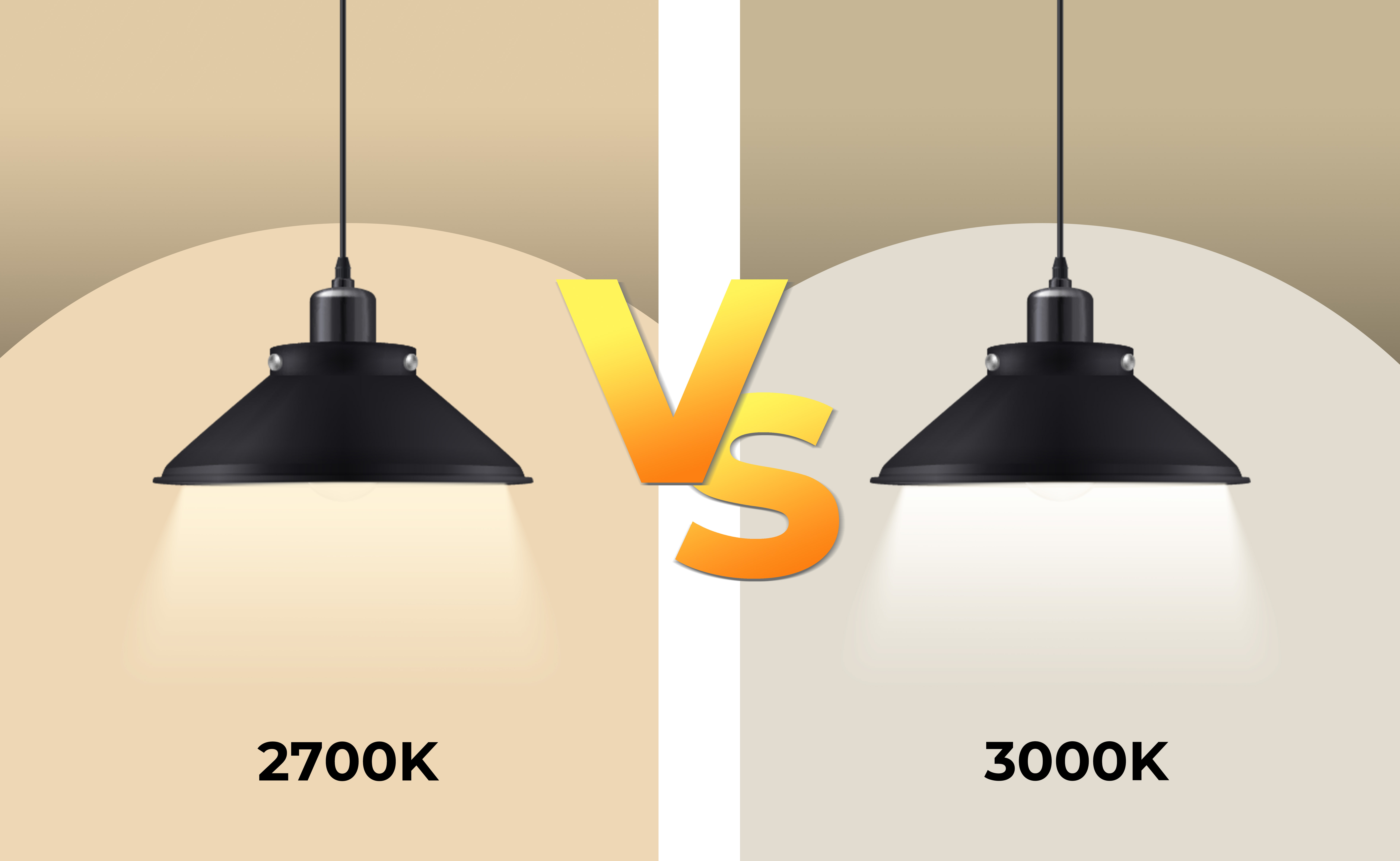
Image Source: reolink.us

Image Source: lightingdistinctions.com

Image Source: hitlights.com
